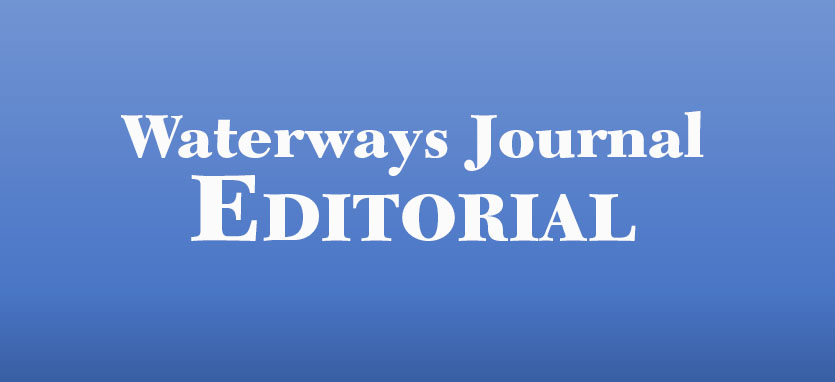In accordance with requirements of the Vessel Incidental Discharge Act (VIDA), the Environmental Protection Agency (EPA) has proposed national standards on incidental discharges such as ballast water from commercial vessels, initiating a 30-day comment period in which individual states, as well as other interested parties, are invited to submit comments. The proposed rule will result in a final national rule that will replace the current patchwork of state requirements governing vessel discharges.
EPA said its proposed standards would apply to commercial vessels greater than 79 feet in length, other non-recreational, non-armed-forces vessels such as research and emergency rescue vessels, and ballast water only from small vessels (less than 79 feet in length) and fishing vessels of all sizes.
Also included in the proposed rule are procedures for states working through EPA or the U.S. Coast Guard to seek more stringent requirements, request emergency orders, or apply for no-discharge zones for one or more of the incidental discharges in any or all state waters.
The American Waterways Operators called the publication of the proposal a “milestone.” Achieving such a national standard has long been a top legislative goal of the towing industry. However, industry representatives are thoroughly combing the more than 320 pages of the proposed rule to make sure there are no hidden surprises. During the comment period, industry groups can make recommendations, but so can states.
The fact that this proposed rule has been published is a testament to the persistence and focus of the American Waterways Operators and its allies on Congress, but there is a lot of work remaining. After the public comment period, VIDA requires the EPA to publish a final rule before the end of the year, after which the Coast Guard will have two years to set up detailed regulations governing the design and installation of the equipment used, as well as recordkeeping and reporting requirements.



